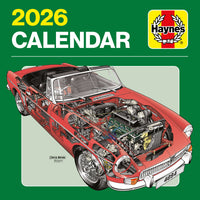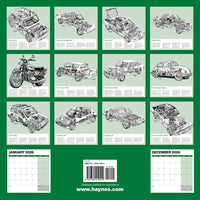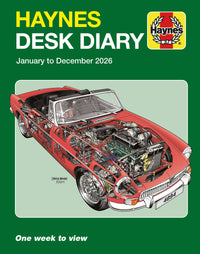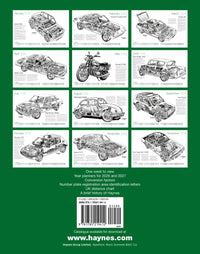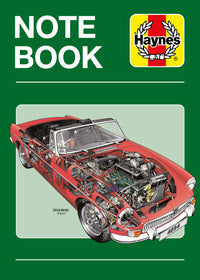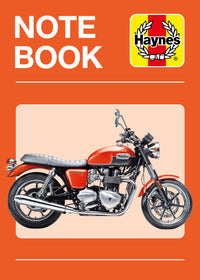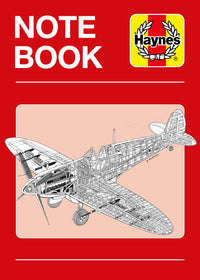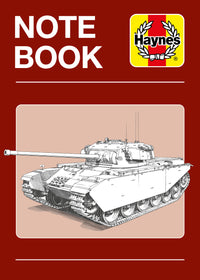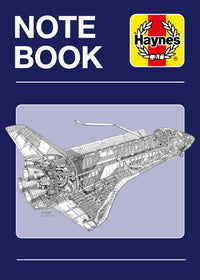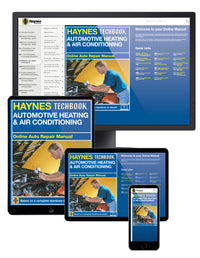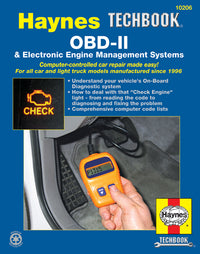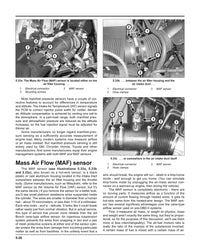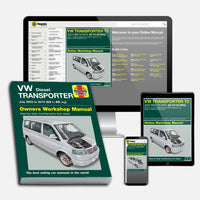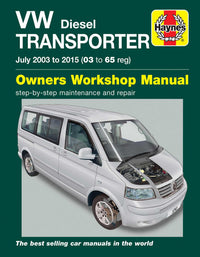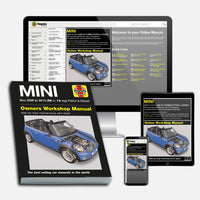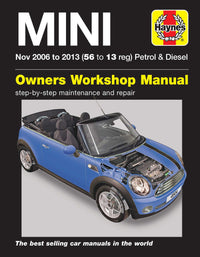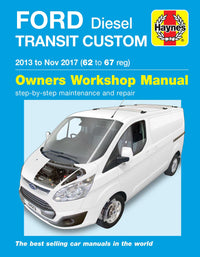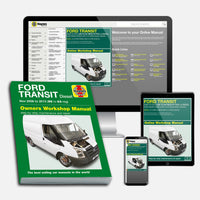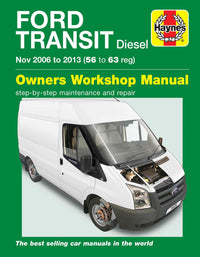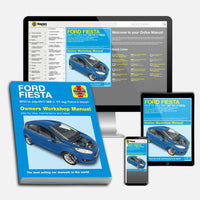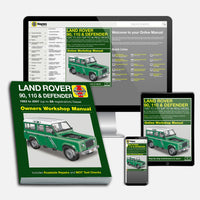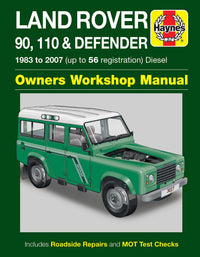The Ford Transit is the van that changed the world. Before it arrived, vans were slow, they could carry very little weight and they were horrid to drive. The Transit, however, had none of those traits. It was positively nippy, it could carry massive amounts of weight and it was a joy to drive.
Plus, Ford made it available in a huge number of different configurations over the years, meaning there has and always will be a Transit suited to any job. This is the king of vans, the daddy, the - as Ford quite rightly says - backbone of Britain.
Introduced in 1965, the Transit has gone through several generations with the occasional facelift thrown in for good measure. Here's everything you need to know to be able to spot which one is which.

The Mk1 Transit
Built from 1965 to 1977
The first Transit took over from the slow, clattery, mid-engined 400E and by comparison it was something of a rocket ship. That was thanks to the 1.7 or 2.0 V4 engine fitted in most models (though a Perkins diesel was available along with a 3.0 V6 petrol too).
The first Transit also borrowed a lot of its mechanical components from Ford's car range of the time. And in turn, the Transit drove like a one, making it a refreshing and obvious choice over rival vans.
Then of course there were the body options: long wheelbase, short wheelbase, high top, tipper, chassis': the Transit could be anything!
To spot one, you're looking for very American styling. Obviously, you're looking for that familiar van shape, but it's details such as the framed, round headlights in peaked wings and the front of the nose, the tall, thin rear lights, round front indicators and chrome on the bumpers and light surrounds that show you it's a Mk1.
Mk1 Transit fact: It drove so well it was a favoured getaway van for criminals. They could bag the loot AND outrun the police if it had that V6 under the bonnet!

The Mk2 Transit
Built from 1977 to 1986
The Mk2 was internally known as the Transit 1978 ½, but to you and me it's the Mk2. The body remained largely the same, as did the mechanicals underneath.
However, the engines changed, with the most notable shift being to the Pinto petrol engine, again, taken from the car line-up of the time. It was a tough engine and came fitted to the Transit in 1.6 and 2.0 guise. And if you're wondering how tough, the 2.0 would go on to be the foundation of the mighty Cosworth YBT.
The looks also changed, but mostly up-front. The stylised American look was binned in favour of a more rounded design, the lights, indicators and grille becoming one unit.
Early models had round headlights within the new plastic face, while later models had square items. The interior changed, too, becoming more functional and plastic, making it more hard-wearing for the man on the move.
Mk2 Transit fact: There was a line of very special Transits, named Supervan. Built as one-offs, they started with the Mk1 complete with a 400bhp GT40 engine, then the MK2 with a Cosworth DFL engine before the Mk3 with the Cosworth HB.

The Mk3 Transit
Built from 1986 to 2003
The Mk3 was an all-new design, and became boxier, but with even more practicality. Again, it was available in a range of configurations.
You could have a camper, a pickup, a drop-side, a long wheelbase, a Luton, a tipper, a beavertail, a minibus, the list just went on and on. The 1.6 Pinto was binned, leaving the 2.0, a 2.9 V6 and the trusty Essex 3.0 V6 and of course, the old faithful 2.5DI diesel.
To spot one, you're looking for a standard boxy van, but with a very Sierra-esque front end on it. Big headlights with big amber indicators. Early models had a straight front grille, but for the '94 facelift, this changed to a 'smiley' grille, with a large oval aperture.
The dashboard was also freshened up and made more rounded and stylish for the facelift, rather than the angular grey mass it was before.
Mk3 Transit fact: For the 30th anniversary of the Transit in 1995, Ford released a limited-edition model called the Transit Hallmark. Six hundred were made and were available in three colours, with 200 being made in each.
- Get the Haynes Manual for the Mk3 Transit

The Mk4 Transit
Built from 2000 to 2014
The Fourth Transit was an all-new design, and took styling influenced from Ford's 'New Edge' philosophy of the time. The lines were cleaner-cut and as such, the fourth Transit looked more premium.
Always good when you're trying to show your business off in best light. It was also the first Transit to be offered with front-wheel drive, which in turn meant a big increase in rear load space, as well as a lower floor.
The engines also improved for the better, most notably with the inclusion of high-pressure common rail diesel, which offered pace and torque as well as class-leading economy.
To spot a fourth-generation Transit, you're looking at a van with clean, sharp lines, the headlights and indicators became one unit, while the grill went from the smiley face to a more rugged rectangular shape.
Black detailing around the windows both front and side also helped to blend all the shapes together. The facelifted 2006 version had taller headlights, and the grille and front bumper became one unit.
Mk4 Transit fact: In Ford's heritage Collection there is a fourth-generation Transit that has been converted into a rally support van, complete with WRC Martini livery!
- Get the Haynes Manual for the Mk4 Transit

The Mk5 Transit
Built from 2013 to 2017
Arguably the most stylish of all the Transits, this generation is a proper looker. Vans are no longer seen as tools for a job, they need to have bit of presence and visual appeal, and the fifth-gen certainly had that in spades. As well as being able to carry spades, and cement, and wheelbarrows, and bricks. You get the idea.
Again, it's available in front-wheel drive and in more configurations than you can possibly imagine, the most popular being the one shown here, known as the Ford Transit Custom. There's also a sports version in the form of the M Sport Transit, which is built in conjunction with the same people who screw the World Rally Cars together. The same van can be found working on the rally events, too, so it's not just a badge!
To spot one, you're looking for angular, tall headlights, a distinct swage line down either side, and more allowance for the odd curve here or there in body.
Its face fits in with the current Ford model range, you really can see elements of the Mk7 Fiesta, the Focus and the Mondeo in this, unifying the Ford brand and give the Transit a very upmarket image.
Mk5 Transit fact: Guy Martin converted his own Ford Transit van to run at an average speed of 150mph on a closed course in America. Imagine if your plumber could do that!
- Get the Haynes Manual for the Mk5 Transit
- Get the Haynes Manual for the Mk5 Transit Custom
